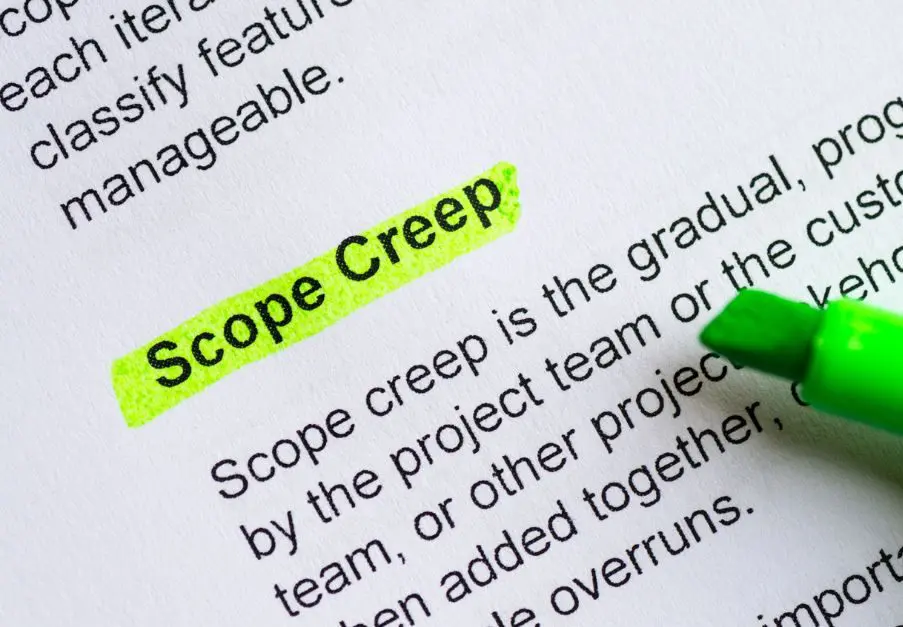
Accomplishing a project is no easy feat. From the multitude of tasks to get through to the ever-changing demands of stakeholders and clients, there is a lot involved before reaching the finish line. The phases of project management provide a breakdown of the project life cycle. Dividing up the process into smaller stages helps to make the project goal more achievable and more viable to execute.
In this article, I’ll touch on the different phases of project management and what purpose they each serve in the project management process.

What Exactly Are the Phases of Project Management?
The amount of phases the project management life cycle contains is up for debate. Some say four, some say five, while others say six. According to the Project Management Body of Knowledge (PMBOK), there are five phases of project management. And since the PMBOK is basically the holy grail of project management, it makes sense to go with that.
The five phases of project management, as stated by the Project Management Institute, can be best described as the steps that make up the process that is known as the project life cycle. Each phase is goal-oriented, has its own distinct characteristics, and contains a deliverable which is reviewed at the end to determine whether or not the team is ready to move on to the next phase.
Although the term “phase” may connote the idea that the various stages happen in chronological order, the reality is different. There are phases that can actually occur out of order or even simultaneously.
The 5 Phases of the Project Management Life Cycle Explained
1. Project Initiation
The first phase of the project management process is the conception of the project. This is where ideas are explored, preliminary research gets done, and prospects are determined. This is also where stakeholders and sponsors get convinced that the idea is worthwhile and that embarking on this project will lead to a fruitful result.
All of this helps to determine whether or not the project is feasible enough to actually happen. If and once a decision has been made to proceed, then the project can move on to the next phase.
2. Project Planning
The second phase of the project management life cycle is where all the planning happens. This is the part where you consider client requirements and stakeholders’ concerns, assemble a team, establish goals and objectives, and create a project plan.
As a key element to a project’s success, a project plan should include details pertaining to the project’s scope, goals and objectives, and how the goals and objectives will be achieved. It should also include how risk will be managed, how communication will circulate, and what tools will be used.

Discover the ultimate project management tool.
Sign up for free today!
3. Project Execution
When most people think of “project management”, what they usually think of is what happens during this phase, the execution of the project. This is where processes are implemented, resources are allocated, and tasks are assigned.
It’s during this phase that the project team start creating deliverables and seeks to accomplish the objectives outlined in the project plan. An important stage of the project management life cycle, what happens during this phase can determine whether or not your project will be a success.
4. Project Monitoring and Controlling
The next phase of the project management process is performance and progress tracking. The aim of this phase is to establish measures to ensure that the project is moving along according to the project plan and that everything is on course with the budget and timeframes.
The project manager may make adjustments to the schedule or resource allocation plan to ensure everything is kept on track. Holding review meetings and requesting regular project performance reports from the team are other common approaches they may implement.
5. Project Closure
The final phase is where everything is wrapped up and all activities across the project come to a conclusion. Closure doesn’t necessarily equate to success, even when a project fails it still needs to be closed. Common things that happen during this phase include—but aren’t limited to—the following:
- The project is signed off and documents are handed over
- Deliverables are given back
- The staff are let go and resources are released
- Supplier contracts are discontinued
- Liabilities (insurance, bonds, and warranties) are settled
Once all the administrative affairs have been closed, a key part of the project closure phase is to conduct an evaluation. Assessing the project’s triumphs and failures will highlight the team’s successes as well as indicate what improvements can be made for future endeavours.

Final Thoughts
The five phases of the project management life cycle serve as a framework to help project managers and their teams to accomplish their goals and objectives. A project manager and a team that can carry out each phase impeccably are well on their way to achieving a successful outcome.
Cheers,
Dinnie and the Zenkit Team





Leave a Reply